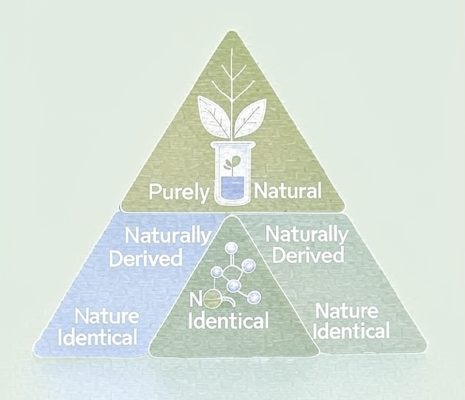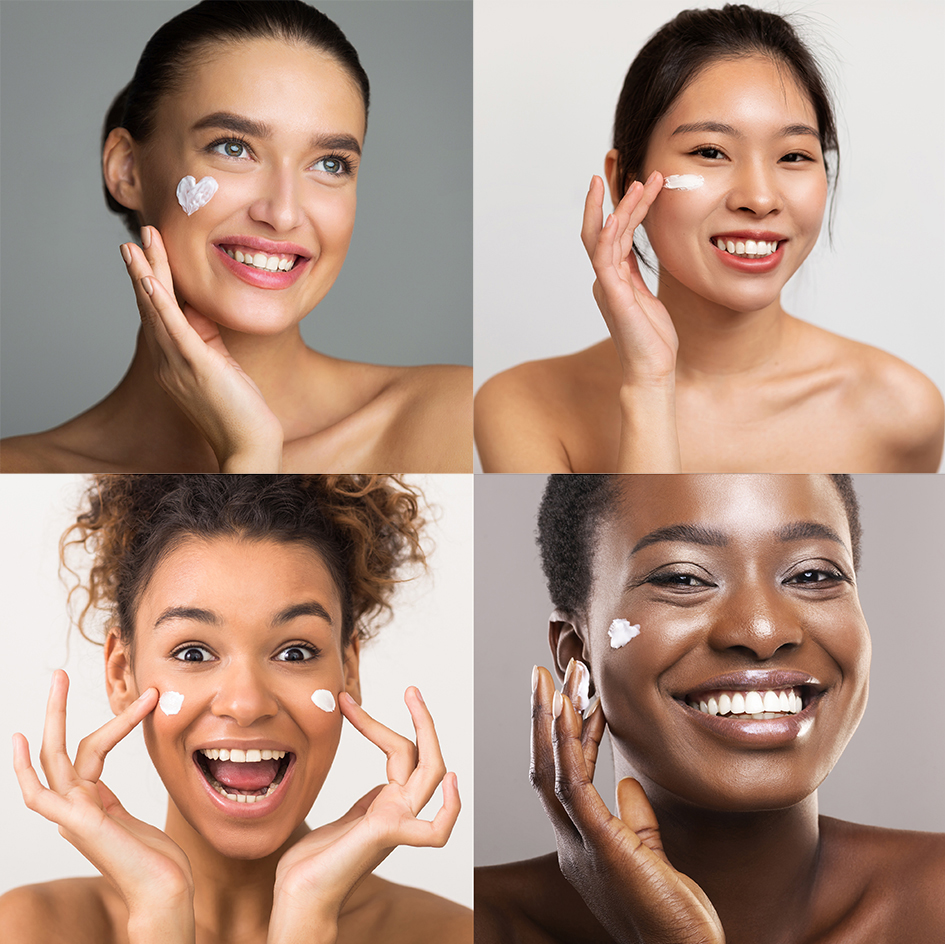No products in the cart.: $0.00
Sign In / Register
Login
No account yet? Create an account


